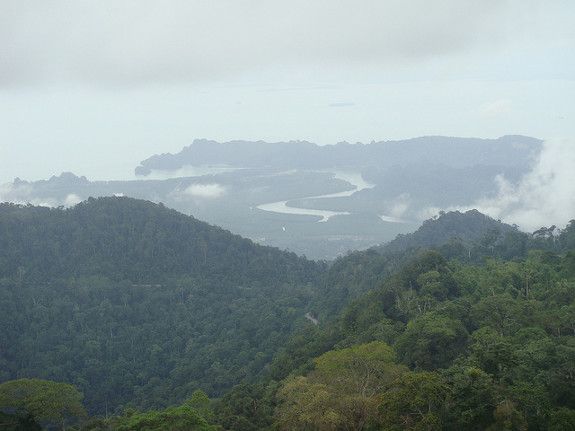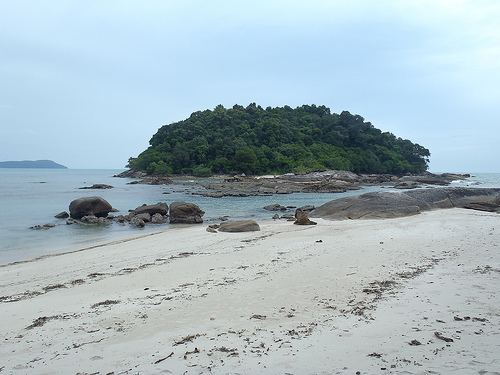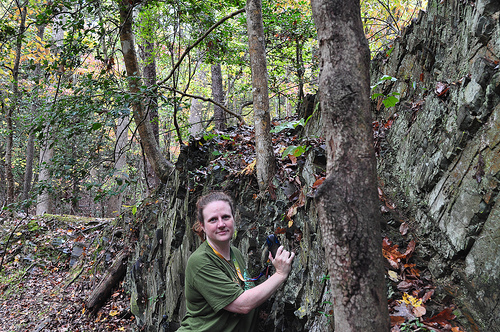As geocachers we are accustomed to all different sorts of geocache: from clip lock boxes to fake screws; from nano containers the size of a little finger, to large ammo cans; from suburban geocaches to ones atop mountains. It’s this diversity that gives geocaching its broad appeal.
Different types of caches
Included within this diversity are different geocache types. These are the different icons that you collect as you find and log geocaches. The most common is the traditional geocache, denoted by the green lidded box icon, a geocache type where it is just hidden at the location indicated on the geocache page. But there are other types as well. Most geocachers will have encountered the multi-cache type where you may have to visit several locations collecting information before using it to derive the final co-ordinates; or the puzzle cache, where you have to solve a cryptic puzzle, sometimes at home on your computer, the solution to which will aid you in discovering the location of the actual container.
The Earthcache
But perhaps one of the lesser known active geocache types is the Earthcache. They’ve been around since 2004 but it’s unlikely you will have come across a lot of them (especially if you live in more urban environments). Unlike the previous geocache types mentioned there is no physical box to find. Like the virtual geocache, people wishing to log an Earthcache must answer some simple questions about the location. Where Earthcaches differ from virtual caches is that the questions are in the form of a small and easy to understand geology lesson intent on teaching you about the land upon which you are standing. They have their own icon, a cross section of the planet, and can still be created today (unlike virtual caches which have since been ‘grandfathered’ – meaning they can be logged but no new ones created).
Earthcaches are not about a scenic view or a location but instead about how the land came to be, scientific importance about the land, or how the location can teach us something about the planet. Whilst this might all sound like very serious stuff, Earthcache owners usually go to lengths to make the lessons both fun and informative. Even if your aim for visiting a location is purely for another smiley, you’ll find yourself invariably leaving an Earthcache with greater understanding of geology than you did before.
Logging an Earthcache
Earthcaches do not take a great deal of time to do. Indeed, in practise, they invariably take about as long as it takes to find a geocache or work out the co-ordinates of the final of a multi or puzzle cache. However, it is worth coming prepared. Earthcaches are one of the few geocache types that have additional logging requirements so you will need to look at the description to see what you are required to do.
Often your GPS will lead you to an information board from which you can gain the answers to a number of questions on the Earthcache’s description page. Make sure you have something to take down the answers as you will be required to submit them to the cache owner in order to log the Earthcache.
Many have requests for photographs, and whilst this is optional, it’s a good idea to take a camera. Sometimes the wording of a question isn’t clear and a photo of the noticeboard that can be studied away from screaming kids and yapping dogs is often helpful. Just be sure not to put the picture online as a courtesy to the Earthcache owner. And whilst photos of you at the Earthcache site are optional, it’s a fairly recent change and some listings pages still say a photo is required. Besides, Earthcaches are such a rare occurrence that entering into the spirit of things is a good idea.
Creating an Earthcache
As mentioned, unlike their close cousin the virtual cache, it is still possible to submit new Earthcaches however the criteria are very stringent. Earthcaches even have their own set of specialised reviewers.
One of the most important criteria is that the site must be of geological interest. A river or mountain is unlikely to be considered for an Earthcache unless there is something geologically unique about it or it can be used to provide an interesting Earth science lesson.
Another important point is that although you are not hiding a container you still need to get permission from the landowner. This is because publication of an Earthcache can create an increase in visitors and with it, bring all sorts of challenges to land owners.
If you have a great location for an Earthcache in mind, it’s probably best to check both the Groundspeak support pages as well as Earthcache.org to familiarise yourself with all the latest requirements for publication.
But even if you don’t have suitable locations for an Earthcache locally, don’t let this stop you from venturing out to find one. Not only are you likely to be taken to a great location that will make you marvel at the natural world but you’ll most likely come away having learnt something as well.





